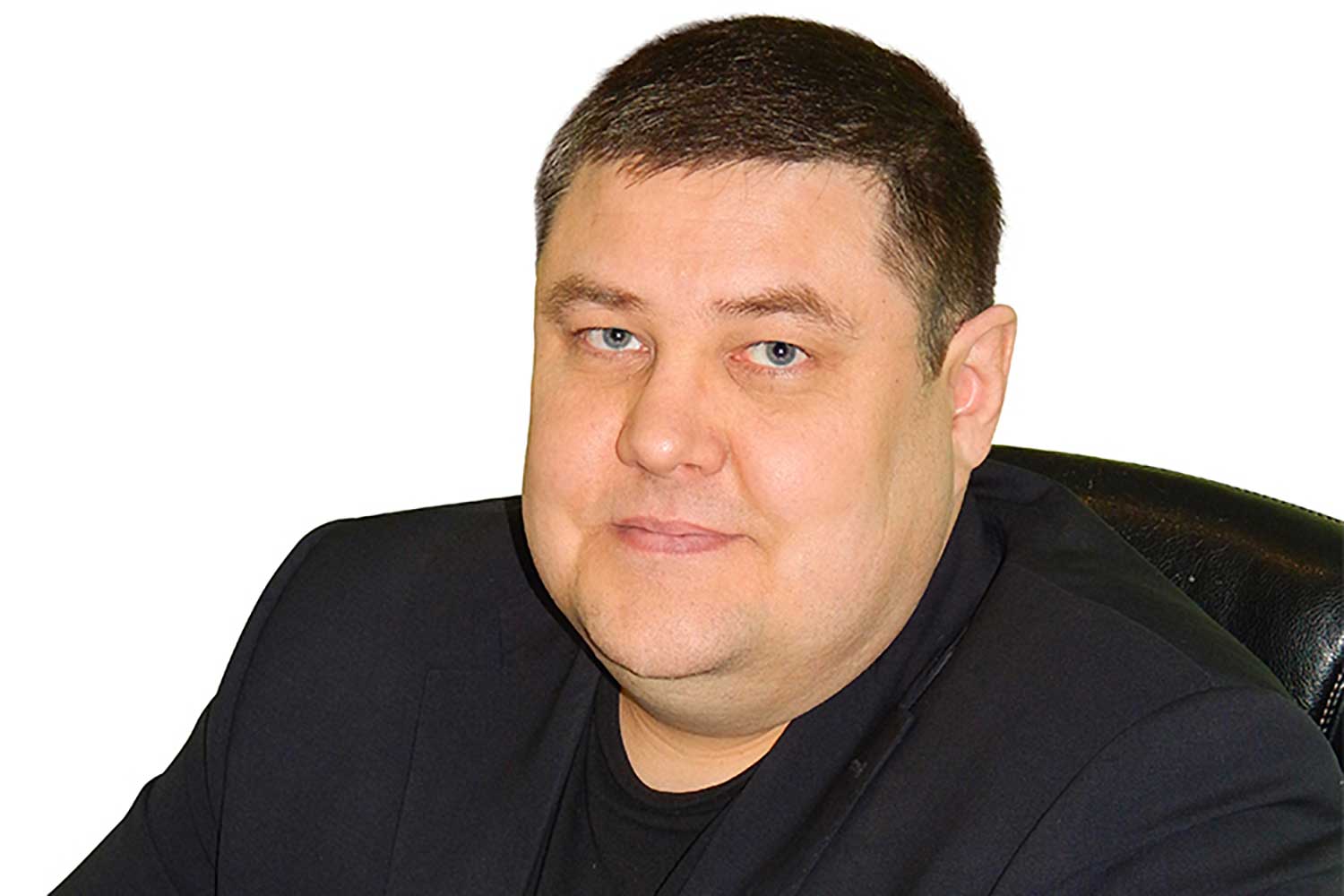Can advancements in surgical techniques truly redefine the boundaries of pediatric orthopedics? The evolution of limb lengthening and fracture management in children, specifically the application of techniques like elastic intramedullary nailing and the Ilizarov method, represents a significant leap forward in pediatric care, offering the promise of improved outcomes and reduced patient burden.
The quest to enhance outcomes in pediatric orthopedic surgery has driven innovation, leading to the development and refinement of techniques aimed at addressing complex skeletal issues. The articles referenced within this overview reflect a commitment to improving the lives of children facing orthopedic challenges. This includes the study of limb lengthening, the analysis of complication rates associated with various surgical approaches, and the investigation of less invasive methods for fracture fixation.
Dimitri Popkov
Dimitri Popkov is a name that resonates within the field of orthopedics, particularly in regions where advancements in limb lengthening and fracture management are paramount. While specific biographical details remain somewhat fragmented within the available source material, the association with prominent institutions and collaborative research paints a picture of a dedicated medical professional.
- Mia Z And Girthmaster Exploring The Connection And Unveiling The Truth
- Unlock The Power Of Viralkand A Comprehensive Guide To Viral Content
| Category | Details |
|---|---|
| Full Name | Dimitri Popkov |
| Affiliation (Likely) | Russian Scientific Centre "Restorative Traumatology and Orthopedics" Academician G.A. |
| Professional Focus | Limb Lengthening, Pediatric Orthopedics, Fracture Management |
| Notable Contributions | Research on Ilizarov method, Elastic Intramedullary Nailing, and related surgical techniques. Publications in peer-reviewed journals. |
| Collaborations | Thomas Jager, P. Lascombes, Arnold Popkov, Vladimir Shevtsov, Galina Diachkova |
| Relevant Publications (Partial List) | Research on the Ilizarov Method, Intramedullary Nailing, and Complications related to pediatric orthopedic interventions. |
| Associated Field | Orthopedic Surgery, Traumatology |
| Location of Practice (Likely) | Russia |
| Reference Website | Reference Link (Example - replace with the actual academic or research institution website when available) |
His work, often in collaboration with colleagues like Arnold Popkov, reflects a commitment to the evolution of surgical techniques. This includes examining the efficacy and safety of established methods such as the Ilizarov method, as well as exploring the application of more modern techniques, such as elastic intramedullary nailing, in pediatric cases. The comparative study of these approaches, as alluded to in the provided text, is crucial for refining treatment strategies and ensuring optimal patient outcomes.
The Russian Scientific Centre, where Popkov is believed to be affiliated, has a strong focus on advancements in orthopedic care. The center's dedication to research and practical application of innovative techniques is evident in the collaborative studies and publications associated with Popkov and his peers.
One area of research emphasized in the available information is the reduction in treatment timelines for limb lengthening procedures. This underscores the importance of not only the effectiveness of surgical techniques but also the efficiency with which these methods can be implemented to improve the quality of life for patients. Time spent in treatment and recovery is a critical factor for children, affecting their physical, social, and emotional development.
- Ullu Movierulz The Ultimate Guide To Understanding The Phenomenon
- Camilla Arauacutejo Age Exploring The Life And Achievements Of A Rising Star
The mention of elastic intramedullary nailing as an alternative to the Ilizarov method and other surgical approaches indicates a pursuit of less invasive surgical techniques and a focus on enhanced patient outcomes. Flexible intramedullary nailing (FIN), particularly, offers the potential for reduced scarring, shorter recovery periods, and diminished complications in children undergoing fracture management.
While the available information may lack extensive biographical data, the provided snippets are enough to paint a picture of a physician dedicated to the advancement of pediatric orthopedics. Dimitri Popkov's research is focused on improving surgical techniques and ultimately enhancing the lives of children facing orthopedic challenges. His work, in collaboration with others, has the potential to shape the future of treatment in this crucial field of medicine.
Analyzing Surgical Approaches
The provided text references several studies and surgical approaches that highlight current trends in orthopedic practice. These insights are valuable for understanding the breadth of current research.
Ilizarov Method and Forearm Lengthening: The Ilizarov method, known for its effectiveness in limb reconstruction, is mentioned in conjunction with elastic intramedullary nailing. The study looks to assess the comparative outcomes of the two techniques, highlighting a trend in improving methods of forearm lengthening and addressing complex cases.
Elastic Intramedullary Nailing: This technique is specifically referenced as a method for forearm lengthening. Its use offers an alternative to more invasive methods, aiming to reduce recovery time and enhance cosmetic outcomes. The application of this technique in children is a focus of many studies that is frequently referenced in related literature.
Pediatric Perspective: The focus of many of the studies is on children, indicating that researchers are actively working to refine techniques suitable for the unique anatomical and physiological requirements of this population. The fact that many studies are prospective indicates the long-term commitment and commitment in the work, which allows for in-depth investigation into the methods and outcomes.
Complication Analysis: One of the studies analyzed the results of equalization surgery in 345 patients aged 2-16 years, specifically focusing on complications. Such an analysis is necessary to enhance safety and improve patient care. Understanding potential complications is necessary to tailor surgical approaches, improve protocols, and prevent the negative effects associated with orthopedic procedures.
Collaborative Efforts: The frequent mention of collaborators, like Thomas Jager, P. Lascombes, and others, underscores the importance of collaboration in orthopedic research and practice. Shared knowledge, varied expertise, and an overall collaborative approach are essential to generate breakthroughs and to move the field forward.
Complications in Pediatric Orthopedic Surgery
The provided content mentions analysis of complications in surgery for limb lengthening and in other pediatric orthopedic procedures. It's helpful to explore what complications are, their reasons, and how they are managed.
Infection: Infection is a risk in any surgical procedure. Pediatric orthopedic surgery is no exception. The implementation of stringent sterilization protocols, the use of antibiotics when required, and the practice of vigilant postoperative monitoring are critical to minimize this risk.
Malunion or Nonunion: Malunion is when a bone heals in an incorrect position, and nonunion is when a bone fails to heal at all. Proper surgical planning, meticulous technique, and adequate immobilization are all vital in reducing these complications.
Growth Disturbances: Growth plates in children are delicate and prone to damage. Surgical interventions near these areas require caution to avoid any potential disruptions to normal bone development. Careful planning, careful surgical approach, and regular follow-up are important in avoiding growth-related complications.
Neurovascular Injury: Damage to nerves or blood vessels is an uncommon, but serious, potential complication. Meticulous dissection, careful retraction, and the use of intraoperative monitoring where necessary are critical for mitigating the risk of neurovascular injury.
Implant-Related Problems: The potential for failure, migration, or rejection of implanted devices such as plates, screws, or intramedullary nails is a valid consideration. Choosing the appropriate implant, precise implantation techniques, and diligent patient education are essential for reducing this risk.
Psychosocial Impact: It's important to consider the effect of surgical interventions on children's mental and emotional well-being. The provision of emotional support, the use of child-friendly explanations, and a holistic approach to care that incorporates both physical and psychological aspects can help to alleviate the impact of surgical procedures.
Preventative Measures: Several measures can be used to prevent complications.
- Comprehensive preoperative planning.
- Careful surgical technique.
- Appropriate implant selection.
- Pain management and patient education.
- Regular follow-up to monitor healing and address any problems promptly.
The Broader Scope
The research discussed in this article goes beyond the realm of surgical techniques. It explores a number of different issues and their implications in the larger framework of the provision of care in children's orthopedic surgery. These include patient-centered care, the significance of research and medical practice, and the implications of technology and innovation.
Patient-Centered Care: The emphasis on pediatric cases underlines the need for individualized treatment plans and an approach that takes into account the unique requirements and development of children. This includes open communication with families, child-friendly explanations, and the use of strategies to reduce anxiety and stress.
The Role of Research and Evidence-Based Practice: The study of the Ilizarov method, elastic intramedullary nailing, and the investigation into the complications of specific surgical procedures highlight the crucial part that research plays in the progress of pediatric orthopedics. Research offers evidence to inform treatment decisions, optimize protocols, and improve the quality of patient care.
The Influence of Innovation and Technology: The development and application of techniques like elastic intramedullary nailing reflect the ongoing technological advances that impact orthopedic practice. Such technologies enable less invasive surgeries, decreased recovery times, and enhanced outcomes for children.
The Importance of Multidisciplinary Collaboration: The presence of a number of collaborators underscores the importance of teamwork in orthopedic treatment. Orthopedic surgeons, pediatricians, rehabilitation specialists, nurses, and other health care professionals must work together to offer complete care and guarantee the best results for each patient.
Ethical Considerations: Ethical considerations like informed consent, risk-benefit analysis, and patient confidentiality play a vital role in pediatric surgical procedures. Health care professionals must be committed to upholding these principles to safeguard the welfare and rights of pediatric patients.
The Long-Term Outlook: The long-term objectives of pediatric orthopedic treatments are improved function, mobility, and quality of life for children. These long-term goals demand continuous monitoring, treatment, and adaptation of medical practices to promote optimal outcomes.
International Collaboration: The international nature of the study being conducted highlights the significance of sharing expertise and working together on a worldwide scale. International collaboration enhances research efforts, facilitates the adoption of best practices, and encourages innovation in the field.
In conclusion, the data covered in this article sheds insight into the complexities of pediatric orthopedic surgery, highlighting the significance of innovation, research, and multidisciplinary care. The dedication of professionals such as Dimitri Popkov and his colleagues reflects a shared commitment to improving the lives of children facing orthopedic challenges.
- How To Use Remoteiot Behind Firewall On Windows
- What Is Remoteiot The Ultimate Guide To Understanding Remote Iot Technology


